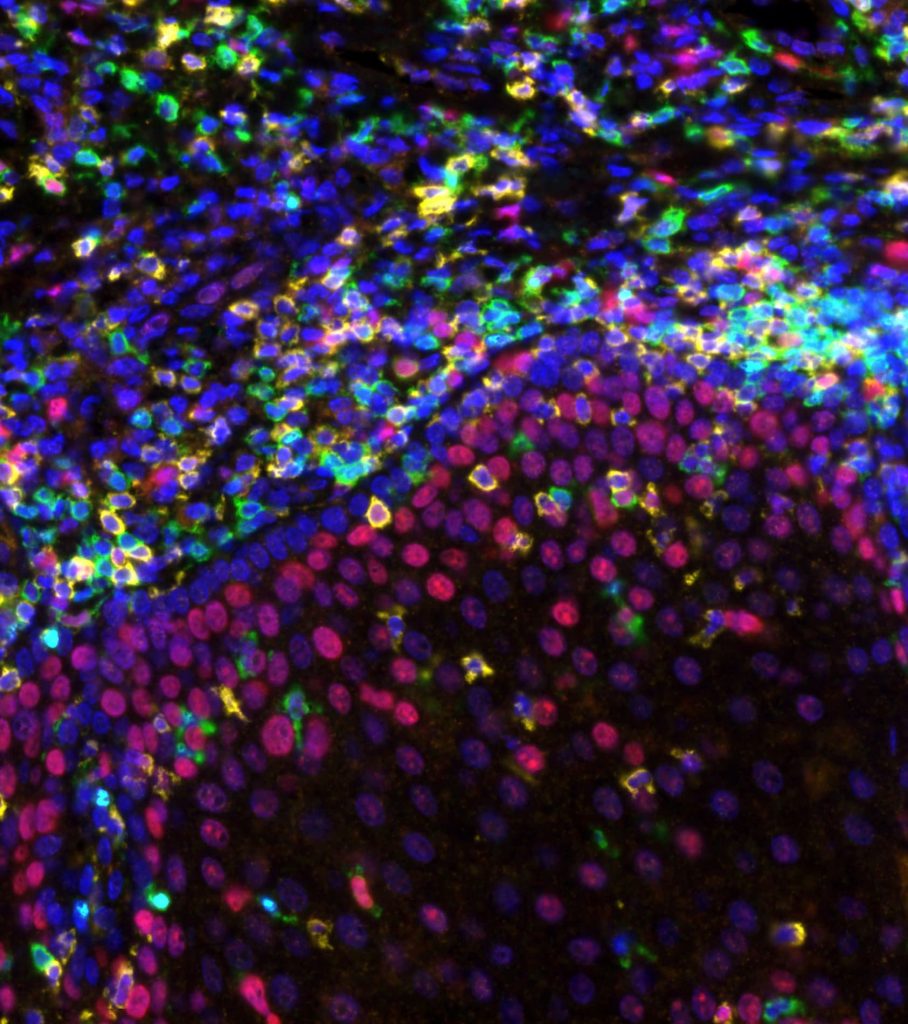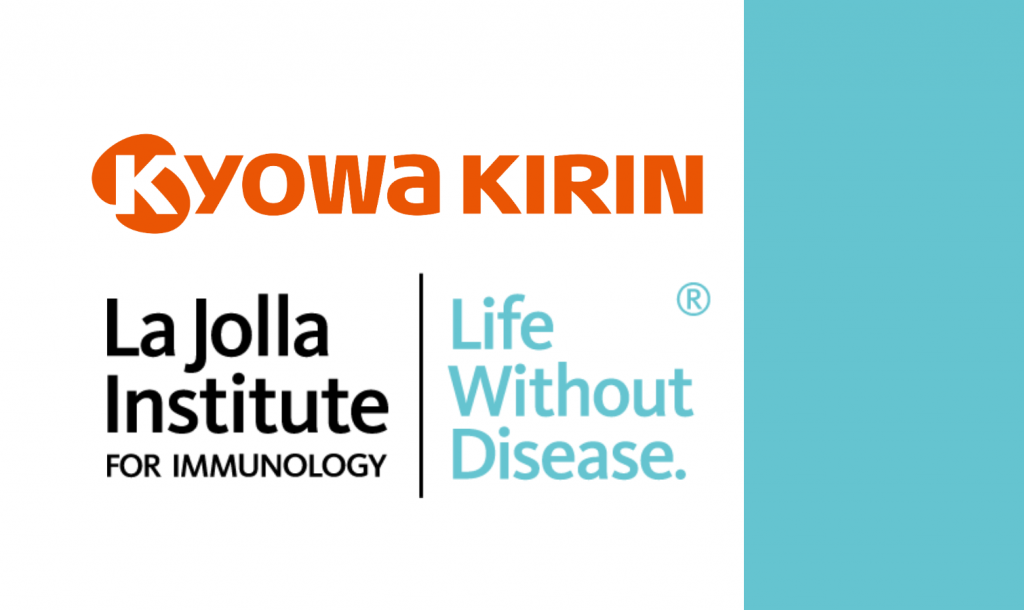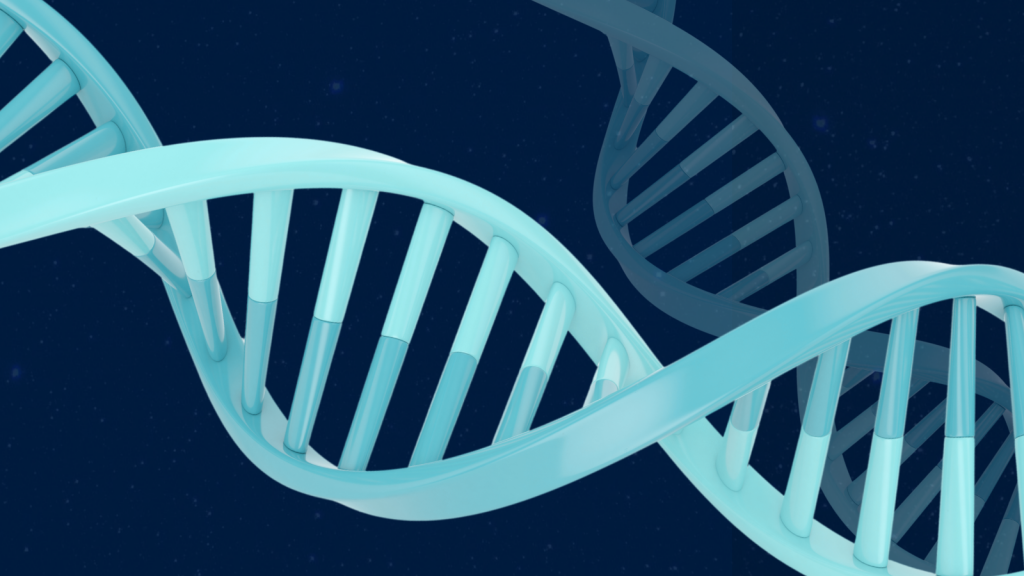LA JOLLA, CA—Most cancers are thought to evade the immune system. These cancers don’t carry very many mutations, and they aren’t infiltrated by cancer-fighting immune cells. Scientists call these cancers immunologically “cold.”
Now new research suggests such cancers aren’t as “cold” as once thought. Researchers from the La Jolla Institute for Immunology (LJI), UC San Diego Moores Cancer Center, and UC San Diego, have found that patients with “cold” tumors actually do make cancer-fighting T cells.
This discovery opens the door to developing vaccines or therapies to increase T cell numbers and treat many more types of cancer than currently thought possible.
“In virtually every patient we’ve looked at, with every kind of cancer we’ve analyzed, we can detect pre-existing natural immunity against their tumor’s immunogenic subset of mutations known as neoantigens,” says LJI Professor Stephen Schoenberger, Ph.D., who co-led the new study with LJI Professor Bjoern Peters, Ph.D. “Therefore, we think these patients may actually benefit from empowering this response through personalized immunotherapy.”
“Every cancer patient is different,” adds Peters. “But this research is an important step toward finding immune cell targets relevant for individual patient tumors.”
This new study was published recently in Science Translational Medicine and includes study co-first authors Aaron M. Miller, M.D., Ph.D., associate professor of medicine at UC San Diego School of Medicine and medical oncologist at UC San Diego Health, and Zeynep Koşaloğlu-Yalçın, Ph.D., LJI Instructor.
A new approach to finding cancer-fighting cells

T cells are always on the lookout for microbial invaders such as viruses and bacteria, which trigger responses from the innate and adaptive arms of the immune system. Cancers, being of “self” origin, don’t trigger the same innate immune response and are thought to thereby evade immune detection.
In some cases, especially with highly mutated tumors such as lung cancers and melanomas, the tumors look sufficiently different from normal, healthy cells to generate a T cell response against some of the mutations they carry.
Scientists have developed cancer therapies, such as immune checkpoint inhibitors, that take advantage of this natural T cell reactivity. Today, many patients with highly mutated types of cancer receive life-saving immunotherapies that harness the body’s own T cells to kill cancer cells.
Unfortunately, immunotherapies aren’t usually recommended for patients with immunologically “cold” tumors. Their tumors look especially similar to healthy tissue, which makes it hard for the immune system to detect the tumors and target them for destruction.
The new study started with a query from Miller and Ezra Cohen, MD, co-author of the study and medical oncologist at UC San Diego Health. Miller and Cohen wanted to take a closer look at T cell responses to “cold” tumors, and researchers with the LJI Center for Cancer Immunotherapy were eager to collaborate.
UC San Diego Moores Cancer Center scientists provided samples from 13 patients with eight different types of advanced solid tumors: microsatellite stable colorectal, pancreatic neuroendocrine, bile duct, ovarian, pancreatic ductal adenocarcinoma, appendiceal, head and neck squamous cell carcinoma, and renal cell malignancies. These cancers are known for being especially difficult to treat and generally don’t respond to checkpoint inhibitors alone.
The researchers first used genetic sequencing tools to identify mutations in these different cancers. Peters and his team then developed a bioinformatics approach to prioritize the mutations which might be “seen” as neoantigens by these T cells. This work showed where cancer cells might be vulnerable to T cell attack.
Next, the researchers went back to the patient samples. Did any patients actually produce T cells that could recognize these mutations?
The results were very encouraging. All 13 patients were already making T cells that could recognize mutations in their own cancers. These T cells were rare—but they were clearly there.
The researchers call this new approach “Identify, Predict, Validate,” or IPV. The researchers have gone on to use the IPV approach to detect T cells in more than 130 patients with 25 different types of cancer.
“The rapid and efficient identification of a patient’s tumor-specific neoantigens is crucial to the development of personalized immunotherapies, including neoantigen-specific cancer vaccinations,” says Miller.
“The potential for a ‘cure from within’ is in every cancer patient we’ve looked at,” Schoenberger adds.
Developing new cancer vaccines
The researchers are now tackling a different problem: Patients with “cold” tumors just don’t make enough cancer-fighting T cells. “The patients who gave samples for this study were terminally ill,” says Schoenberger. “So you could argue that these T cells weren’t doing what we would like them to to do, which is to eradicate the tumor they recognize.”
The researchers continue to develop ways to increase the number and potency of neoantigen-specific T cells. For the study, researchers exposed T cells in the patient samples to the same mutations present in the original cancer cells. When T cells saw their targets, they naturally began producing effector cytokines and proliferating.
Schoenberger says personalized cancer vaccines can boost T cell numbers in a similar way. Schoenberger and his colleagues at UC San Diego Moores Cancer Center are currently conducting a clinical trial to test next-generation vaccines against different cancers. “The IPV approach helps us identify therapeutically ‘actionable’ mutations and improve the potency of these vaccines,” says Schoenberger.
“Our study is a wonderful example of institutional collaboration. It represents bench-to-bedside translational research that harnesses the strengths of each institution,” says Miller. “We are also encouraged that IPV can be used as a non-invasive tool for immune monitoring of enhanced T-cell responses in patients receiving effective immunotherapy treatments.”
Additional authors of the study, “A functional identification platform reveals frequent, spontaneous neoantigen specific T cell responses in patients with cancer,” include Luise Westernberg, Leslie Montero, Milad Bahmanof , Angela Frentzen, Manasa Lanka, Ashmitaa Logandha Ramamoorthy Premlal, Gregory Seumois, Jason Greenbaum, Spencer E. Brightman, Karla Soria Zavala, Rukman R. Thota, Martin S. Naradikian, Samir S. Makani, Scott M. Lippman, and Alessandro Sette.
This study was supported by Ralph and Fernanda Whitworth, the Immunotherapy Foundation, Pedal The Cause, and the San Diego Center for Precision Immunotherapy.
DOI: 10.1126/scitranslmed.abj9905
###




